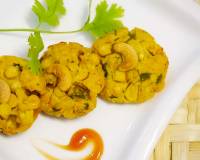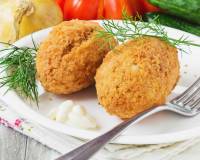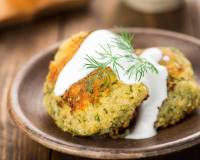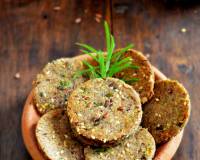Oil is one of the trivial ingredients in any kitchen, without which cooking becomes virtually bland. Though the cooking oil is usually not meant to add flavour or colour to the recipe that is cooked, sometimes while preparing the vinaigrettes or salad dressings, oils and the infused oils are expected to impart their flavour and colour to the recipe. While most of us know which oil to be used for particular recipes out of practice, let us shed some more light on the type of oils and their usage.
4 Major Types Of Edible Oils
1.Fruit oil:
This is usually obtained by compressing the plant’s fruit part in cold press and then extracting all the excess moisture such that its purity is not disturbed. Olive oil and coconut oil are few among those. Extra virgin olive oil is used for vinaigrettes and salad dressings majorly, since the smoking point of the oil is low for regular high heat cooking, whereas the light/regular/pure olive oil can be used for sautéing and high heat cooking. Coconut oil can be used for high heat-cooking but its usage is limited due to the tropical flavour that it marks in every dish that it is used in. Yet, this is believed to be one of the healthiest oils for heart and tummy. As a general rule, coconut oil can be used whenever there is a complimentary tropical ingredients going into the food.
2.Bran oil:
Bran oil is usually extracted from the cereals and millets which has a bran and husk as their outer most surface. These bran oil like rice bran oil are researched to be healthier than the cooking oil obtained from oilseeds.
3.Oil from oilseeds:
Sunflower, ground nut, mustard, rapeseed and sesame are the oilseed crops that are grown for extraction of various grades of cooking oil and spent meal. Mustard, rapeseed and sesame oils have stronger residual flavours when used in food and hence are limited in usage. That has made refined sunflower and ground nut oil one of the most popular oils in Asian and African cuisine.
4.Oils from other sources:
Vegetable oils that are extracted from various plants (a blend of refined oils), and various animal fats like butter, ghee, lard etc fall into these categories. There are oils that are extracted from grape seed, avocado, pistachio etc also, but have various limitations like low smoking point, sparsely available for commercial extraction, strong flavours, colours, or triglycerides and not-so-good fat.
7 Useful Tips In Choosing The Right Edible Oil:
- As a general notion, unless we limit on the consumption of deep fried foods, there is hardly any point in looking out for an edible oil bestowed with natural cleansers or likely.
- Refined oils are better than the unrefined ones, since the refining process takes out most of the trans-fat and triglycerides which are dangerous to heart.
- Choose the edible oils with high smoking point, for sautéing, deep frying and searing. Ground nut oil, rice bran oil, pure olive oil, sunflower oil, ghee and coconut oil are a few of them. These can also be used
- Edible oils with low smoking point, like extra virgin olive oil, grapeseed oil, avocado oil, pistachio oil can be used for vinaigrettes and as finishing oils.
- Avoid usage of oils with high saturated fatty acids like palm oil and many vegetable oils, since they accumulate the grease in blood vessels.
- Make sure you consume a lot of fruits and vegetables along with greasy meal, to keep illness at bay.
- Always rotate your cooking oils. Despite their grease, we all need nutrition in edible oils for regular balance of muscle flexibility and bone health. Rotation of oils ensure we get omega 3 and other food fats specific to each oil accordingly.
Healthy Recipes
While we look at these tips and try to follow them, stick to a rule of thumb that 4 teaspoons is the allowed healthy amount of oil per person per day. Any increase will have a problem by accumulated grease in the blood vessels which may be problematic in long run, irrespective of the cooking oil used. Given below are the healthy version of deep fried recipes which could be useful when you want to enjoy them during tea time.


























